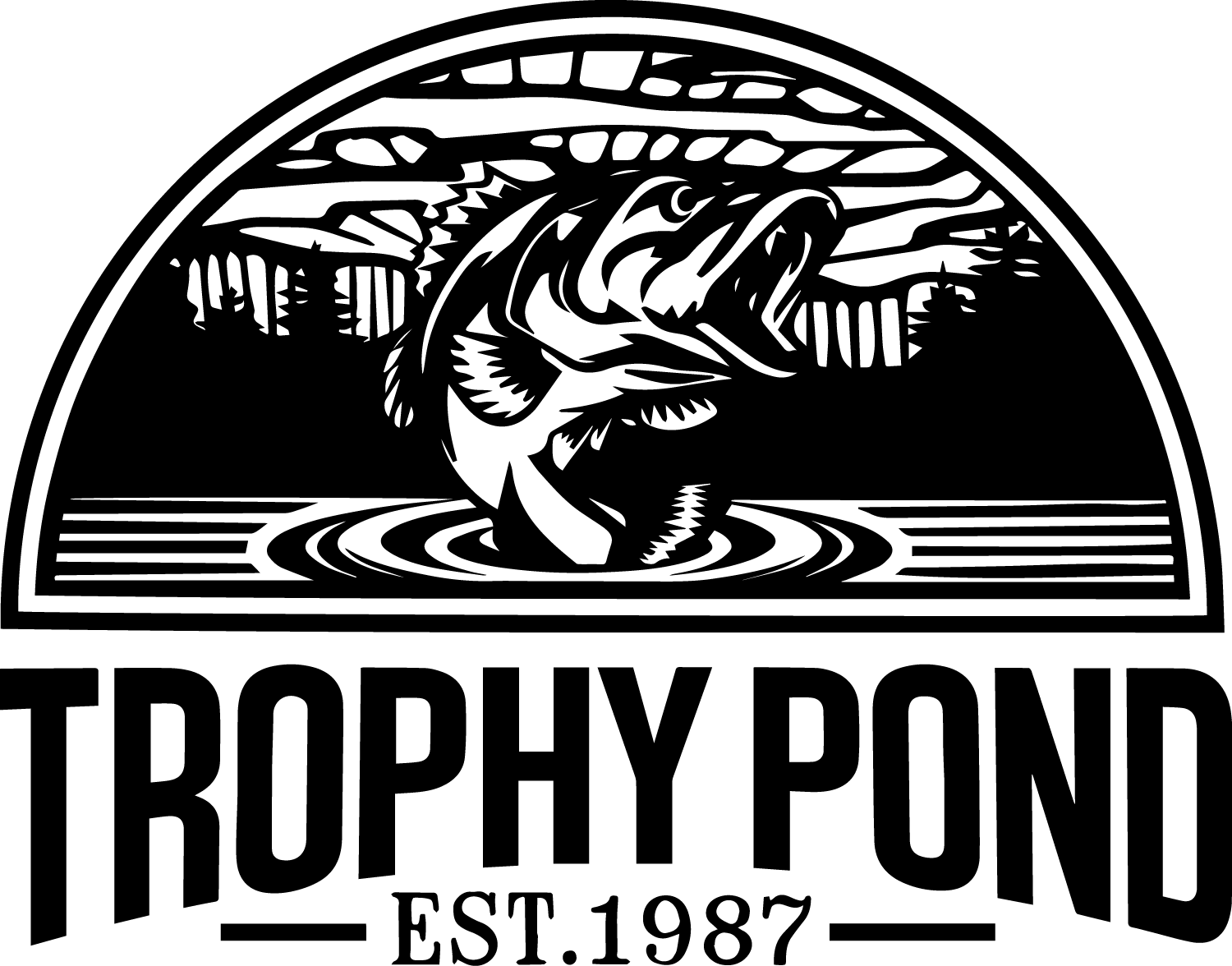Lake Management: Do You Want a Swimming Pool or a Fish Ecosystem?
Some of the bigger lake management companies working in the Southeast like to brag about their expertise in killing aquatic plants that grow in ponds and lakes. More than one of these even go so far as to claim that they're restoring the ecological balance of the water body by doing so. This holds every bit as much truth as a tobacco company claiming they're helping your lung health by making cigarettes for you to smoke.Prior to the advent of electrofishing, one of the methods fisheries biologists used to quickly quantify how much fish biomass a lake or river could sustain was to measure the aquatic plant biomass. Water bodies that contained significant aquatic plant growth supported four to sixteen times as many pounds of fish per acre as those that did not. Four to sixteen times as much.Any government or university publication on the subject of pond management in a southern state will have a section on fertilization. Lakes and ponds are fertilized monthly from spring through fall to stimulate a phytoplankton bloom. Phytoplankton, also known as planktonic algae, are the microscopic plants found in the water column of any pond or lake; when pond fertilizer is properly applied, these tiny plants will exponentially increase in number, giving the pond a light-green color. Because phytoplankton are the foundation of the food chain in any lake or pond, when their numbers increase, there is a ripple effect all the way up the food chain: there is suddenly far more food for the zooplankton and macroinvertebrates that live in the pond, so their numbers increase, and this provides more food for forage fish such as bluegill, and all fish in the fry stage. A fertilized pond will support two to four times as many fish per acre as an unfertilized one. Fertilization also is a primary method of weed control in southern ponds, as the plankton bloom blocks sunlight from reaching the pond bottom, short-circuiting photosynthesis and killing the plants.Those big companies that brag about their plant-killing skills block sunlight from getting to the pond bottom a different way - with pond dye. Pond dye has a place on northern ponds that are covered with ice for months at a time; in those ponds, a robust plankton bloom going into winter can lead to a fish kill under the ice as the plankton decay and take oxygen from the water. But Tennessee ponds don't get ice cover for months at a time. And rather than feeding phytoplankton, dye kills it. Every time you dye your pond, you're removing the foundation of the natural food chain - you're taking food, a lot of it, away from your fish.Not all ponds are suitable for fertilization. Ponds that have large areas shallower than three feet are prone to excess macrophyte growth, the aquatic plants large enough to see, when fertilized; ponds that have a very high rate of flow-through may not retain the fertilizer long enough. And both of these types of ponds can easily have bottom-rooted aquatic plants with no problems, and often in just the right quantities.Make no mistake: there are times when plants get out of control. A pond that is more than 30% covered with plants can be difficult to fish; when a pond becomes covered over a majority of its surface area, the pond is at greater risk of a fish kill. But most of the ponds we see where the landowner thinks he has a serious weed problem, in truth have just the right amount of plants for a healthy ecosystem. The landowner thinks he has a problem because those other companies are trying to sell him herbicide, and a contract to apply it monthly.Aquatic plants are nature's habitat for fish. When you take away the fish's habitat, it's not going to grow well. Our competitors will sell you manmade habitat replacements, telling you those pieces of PVC and rubber tubing will do the same thing that natural habitat will. We don't even sell artificial habitat because it doesn't work. A study that compared polypropylene fish habitat structures to cedar tree brush piles, "A Comparison of Cedar Trees and Fabricated Polypropylene Modules as Fish Attractors in a Strip Mine Impoundment," (Rold et. al 1996) found that fish preferred the real trees over four to one over the manmade. Our experience in electrofishing ponds and lakes across the South confirms this.Think about the best public lakes and rivers you have fished. More than likely they had plants. Odds are decent that you even targeted those plants as fishing spots because you knew that's where the big fish would be hanging out.If a doctor told you that smoking wouldn't affect your health at all, and offered to sell you his own brand of cigarettes, would you thank him, or run for the nearest exit? Beware of lake management companies that tell you what you want to hear, rather than the truth.
